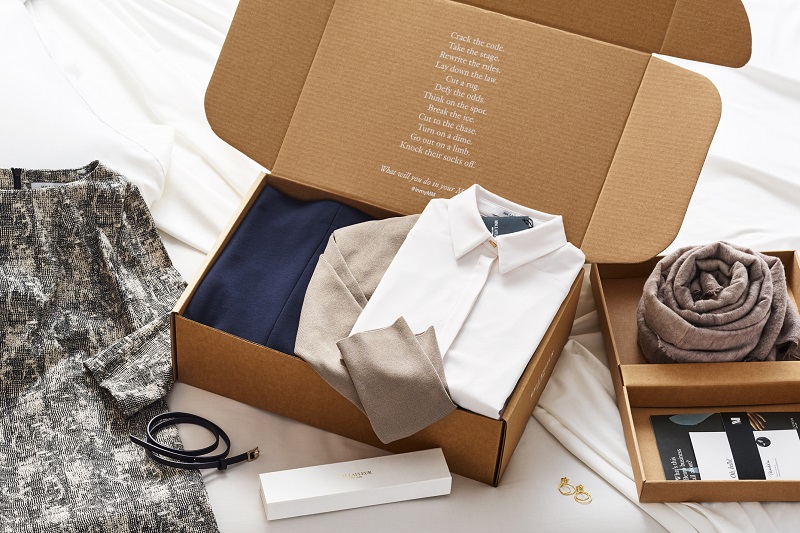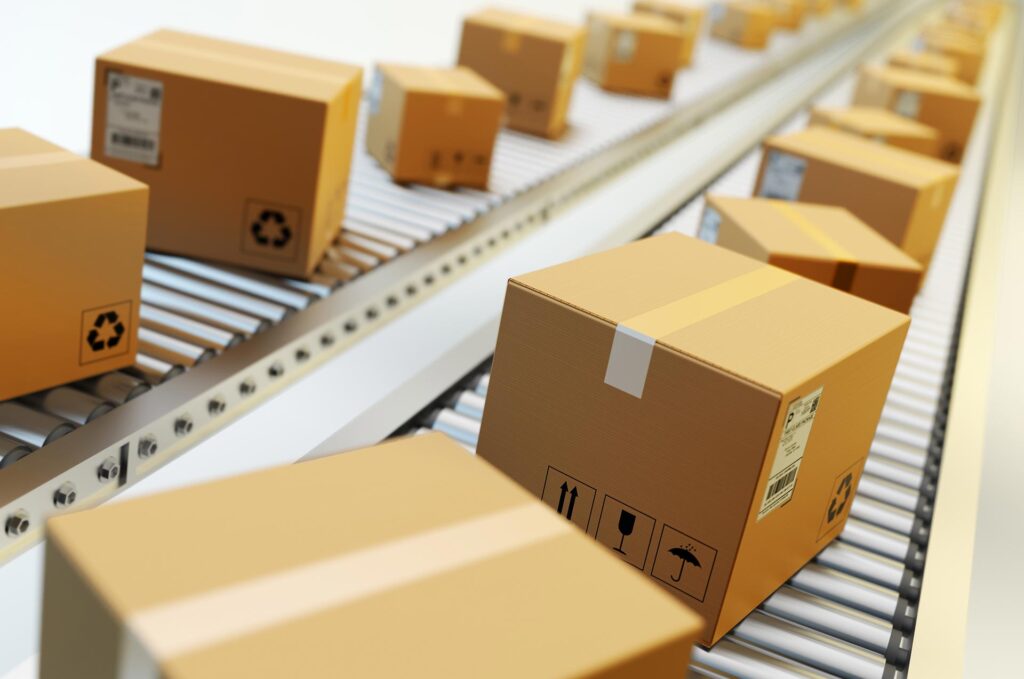Having the right products is not good enough. You also need to have the right kind of packaging that goes along with your products if you want your items to dive into consumers’ shopping carts.
People not only buy what they find visually appealing, but they also seriously consider the price tags that go along with them. That is why there are plenty of aspects that you need to factor in to get the right packaging for your products.
Here are 8 tips you might find constructive when it comes to product packaging.
1. Understand Your Target Consumer Base
To have the right type of packaging for your product, getting to know your average buyer might be an instrumental step. You can’t possibly design a suitable packaging for your products if you aren’t able to get a clear understanding of everything your consumers are looking for.
For instance, using a spectrum of colors on perfume packaging when you are targeting people that like simple and classy designs.
You need to search for answers to questions like:
- Is the consumer base primarily male, female, or gender non-conforming?
- Will the product be bought in stores, online, or both?
- What aspects of packaging usually influence their decisions?
- What information would they like to see on the packaging with a product like yours?
2. Make the Content Clear and Concise
When it comes to packaging, some brands make the mistake of not correctly describing the product inside of it. Just remember that you’re selling a product and not the packaging.
While you can go overboard with your design, make sure your packaging adequately conveys the product and the brand information. Not only that, but your packaging should also make all the information clearly visible.
3. Experiment with Various Designs

Your team may have plenty of fantastic designs ready that are unique and exclusive. However, you need to understand that they mean nothing if your consumers don’t buy your products.
That is why there is an experimental stage where you would have to test out various designs on a focus group and get their honest feedback. Ideally, this group of people would consist of your average target audience. It’s no use testing the packaging of a dairy product on a person who is lactose intolerant.
The focus group can allow you to get feedback on your existing designs and conduct polls. Then you can figure out whether the design your team loves will perform well with consumers or not.
4. Choose Packaging That Makes Sense
Every product has a different physical shape and size. Not only that, but you also need to think about the extra material your products will require to be safe in the packaging. Products that have screens, glass, liquids, or any fragile parts will definitely need some extra padding inside of the packaging.
That makes it crucial for you to select the right to place the products in. Also, the packaging you choose from this website should have a suitable shape and size to be easily transported as well as stacked.
5. Don’t Make the Consumers Struggle To Open It

There are a good number of products in stores and online that have excellent designs, useful content, and they even give the consumers a glimpse of what is inside. However, customers have to go through quite a struggle if they want to open the packaging. Any average person would avoid repurchasing it because no one wants to struggle.
That’s why your packaging should be effortless for everyone to open. Keep it as simple as possible. That can include adding a ‘tear here’ or ‘open here’ type of a label. Even if your products require a couple of extra layers, make it easy for your target consumers to open it.
6. Think About How It Will Look Like On Display
For the right packaging design, you need to imagine how it will look like in stores.
But to do this properly, you or your team might need to survey the stores where you intend to supply your products. Find out what area they keep similar products in, and how they look like from a viewer’s angle.
You can find out what fonts and sizes would be most compatible, along with the colors and designs that can help your product stand out from the competition.
If you want to sell online, then you may still need to look into the fonts and design because the label might not be visible to a consumer who is simply scrolling through the list.
7. Avoid Budget Cuts on Designing Elements

When a person picks up your product in the store, it will most likely still be in its original packaging. That brings up the need to have the perfect designs if you want to make a great first impression. If you are lucky, then maybe a positive everlasting impression as well.
To properly catch your consumers’ attention and make it positively memorable, you must have a sufficient budget for your packaging. That includes labor costs, material costs, and other expenses.
Whether it’s getting a quality printer, skilled designer, the right editing software, or the ideal supplier, you should try not to cut budgets on this part of the production process.
8. Consider Purchasing Eco-Friendly Options
Whether you’re aware of this or not, many consumers look at eco-friendly tags or labels on their products these days. Also, many of the consumers that don’t look for eco-friendly labels end up purchasing products with some sustainable factor because it makes them feel good.
Now that you know, you must try to add as many eco-friendly factors to your product and packaging as you possibly can. That could mean starting by looking at suppliers that have recycled packaging material. Not just the boxes, but also the extra layers or padding that you may need as well.
The eco-friendly factor is a win-win because it has the potential to get you more popular with customers, give you an edge in the market, and reduce your costs.
Related Posts:
- 5 Signs Your Food Product Needs a Better Packaging Solution
- Tips for Improving Your Email Open Rate
- 7 Tips and Tricks for Improving Your Small Business
- How Sustainable is Your Coffee Packaging - 2024 Guide
- Mastering French: Essential Strategies for Improving…
- Bioregulators and Gut Health: Improving Digestion…







